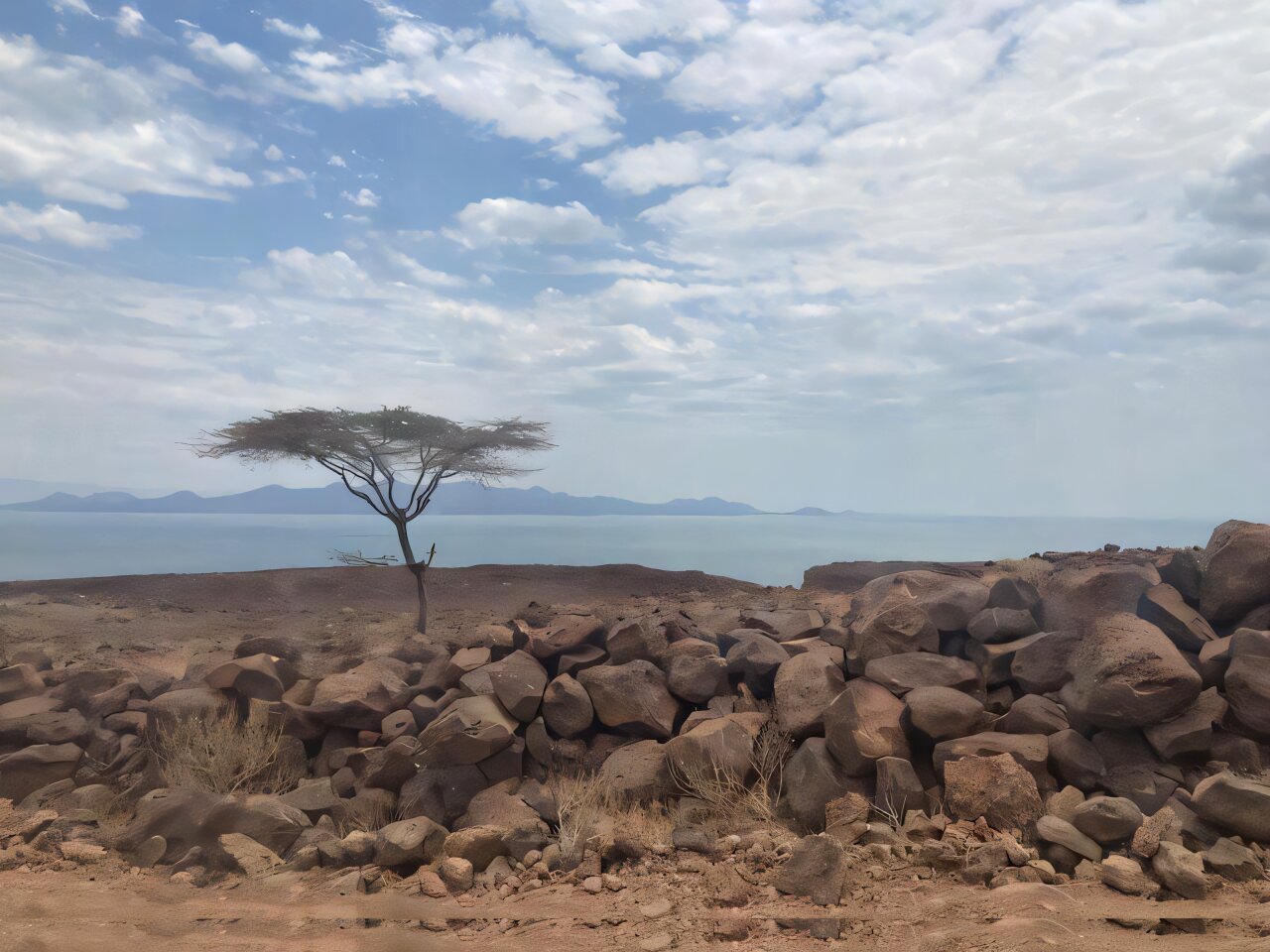
Lake Turkana, seen in the background in Kenya’s Rift Valley, sits within one of the most tectonically active regions on Earth. Tulane researchers studying the area discovered that parts of the crust here are stronger and more resistant to breaking apart than previously thought. Credit: Cynthia Ebinger / Tulane University
Tulane University researchers, collaborating with an international team of scientists, have discovered why some parts of Earth’s crust remain strong while others give way, overturning long-held assumptions about how continents break apart.
Published in Nature, the study examines a section of the East African Rift, one of the few places on Earth where the process of continental breakup can still be observed today. The Tulane researchers focused on the Turkana Depression between Kenya and Ethiopia to understand why certain regions resist deformation or breaking up.
Working with colleagues from the University of Montana, Imperial College London, Addis Ababa University in Ethiopia, and the University of Nairobi and Dedan Kimathi University in Kenya, the team found that an area of the African tectonic plate that had once been stretched and thinned was now resisting deformation—the opposite of what scientists expected.
The results show that a heating event 80 million years ago had dehydrated the plate, removing water and carbon dioxide from deep layers and leaving behind a stronger, more rigid plate.
“The team brought a wide range of skills and data sets to visualize the plate structure and its properties, and our modeling systematically eliminated the possible factors controlling where plate rifting initiates,” said Cynthia Ebinger, a Tulane professor in the Department of Earth and Environmental Sciences in the School of Science and Engineering.
Tulane scientists led the earthquake and GPS monitoring that helped reveal these hidden processes. Using networks of instruments to measure both steady plate motion and rapid shifts from earthquakes, the team created three-dimensional maps showing how deformation and volcanism circumvent the previously thinned zones, leaving the thin zone barely deforming at all.
“Our collaborative research shows that volcanism and plate stretching that form deep basins avoid the thin and dry parts of the continental plates,” said Martin Musila, whose Ph.D. research at Tulane explored the tectonic conundrum that was resolved in the paper.
“In this area, water and CO2 in the deep layers of the plate were extracted by volcanism 80 million years ago, and dehydration makes the plate stronger and seismic velocities faster.”
The findings help explain how failed rifts—ancient attempts by continents to split—can actually make tectonic plates stronger and more resistant to future breakup. The research not only deepens understanding of earthquake and volcanic hazards but also informs models used to locate mineral and energy resources in ancient rift zones such as the Gulf Coast.
More information:
R. Kounoudis et al, The importance of past rifting in large igneous province development, Nature (2025). DOI: 10.1038/s41586-025-09668-7
Provided by
Tulane University
Citation:
East African Rift study uncovers why breaking up is hard for some continents (2025, November 5)
retrieved 7 November 2025
from https://phys.org/news/2025-11-east-african-rift-uncovers-hard.html
This document is subject to copyright. Apart from any fair dealing for the purpose of private study or research, no
part may be reproduced without the written permission. The content is provided for information purposes only.
